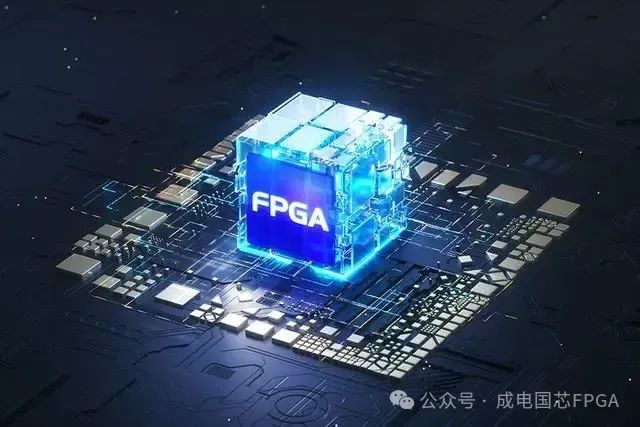Imagine you have an electronic “Swiss Army knife” that can be sculpted into any shape, performing various complex computational tasks. Yes, this is FPGA! In simple terms, FPGA is a hardware chip that integrates a large number of programmable logic gates. Through programming, you can define the connections between these logic gates to achieve specific functions. Compared to traditional ASIC (Application-Specific Integrated Circuit) and microprocessors, FPGA offers greater flexibility and reconfigurability.

Flexibility: FPGA can be programmed as flexibly as software, yet it operates at hardware-like speeds. This means you can quickly adjust and optimize hardware designs based on application needs, without waiting for new chip manufacturing cycles.
High Performance: For applications requiring high-speed processing, parallel computing, or low latency (such as high-performance computing, real-time image processing, machine learning inference, etc.), FPGA offers unmatched performance advantages.
Reusability: By reprogramming, FPGA can easily adapt to different application scenarios, greatly improving hardware resource utilization and cost-effectiveness.
Customization: For special needs in specific industries or projects, FPGA can provide highly customized solutions to meet various complex logic designs.

Application Fields of FPGA
Artificial Intelligence and Machine Learning: In data centers, edge computing, and the Internet of Things, FPGA is widely used to accelerate the inference process of deep learning models, enhancing processing speed and energy efficiency.
Financial Trading Systems: High-frequency trading requires extremely low latency and powerful processing capabilities, making FPGA the preferred choice in the financial industry due to its outstanding real-time performance.
Aerospace and Defense: In complex control systems and signal processing tasks, FPGA’s high reliability and performance ensure the smooth execution of missions.
Network Communication: From 5G base stations to data center switches, FPGA helps build efficient and flexible network infrastructure.
Medical Imaging: In real-time reconstruction of medical imaging devices such as CT and MRI, FPGA provides powerful parallel computing capabilities, speeding up image processing and improving diagnostic efficiency.

With the vigorous development of AI technology, FPGA is gradually stepping onto a broader application stage. FPGA, this seemingly simple abbreviation, conceals infinite possibilities and opportunities. It is not only a symbol of technological progress but also a powerful tool for exploring the unknown and creating the future. From cloud-edge collaboration to terminal intelligence, FPGA will become an important bridge connecting hardware and software, driving innovative development. In the future, we can expect to see more innovative solutions based on FPGA playing a key role across various industries. If you are curious about technology and passionate about innovation, then delve deeper into FPGA, and you might become the next technological pioneer who changes the world!
If you’ve read this far, please follow us!
Click the image to follow the “Chengdian National Core FPGA Talent Training” mini-program/service account

For more information, please contact:
Teacher Li: 17883656061







